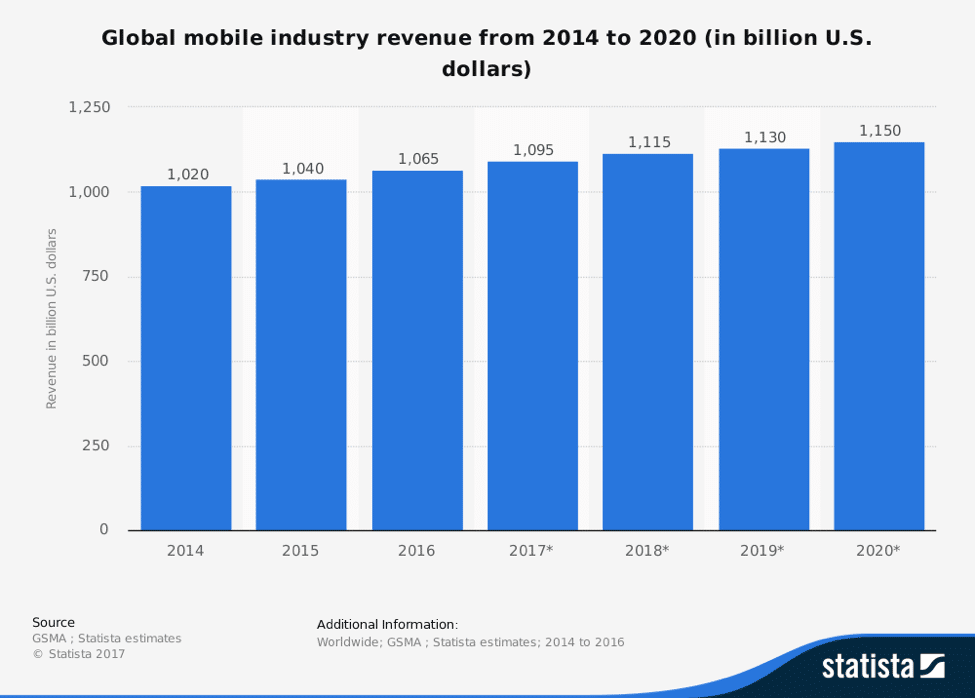
Global Data: The Coming Age Of Worldwide Internet Service
Source: Bigstock
Imagine the end of poor connections, dropped signals, and Internet service monopolies. Imagine broadband Internet access not only across rural America but also across rural South America and rural Africa. Imagine a network of over 4,000 satellites in orbit around Earth, just 600 to 700 miles up, streaming cat videos across the world as fast as the wired connection you get from your cable company. Oh wait, don't bother imagining any of that. Elon Musk, the founder of Paypal, Te...
HELLO!
This premium article is exclusively reserved for Subscription Insider PRO members.
Want access to premium member-only content like this article? Plus, conference discounts and other benefits? We deliver the information you need, for improved decision-making, skills, and subscription business profitability. Check out these membership options!
Learn more about Subscription Insider PRO memberships!
Already a Subscription Insider PRO Member?
Please Log-In Here!








